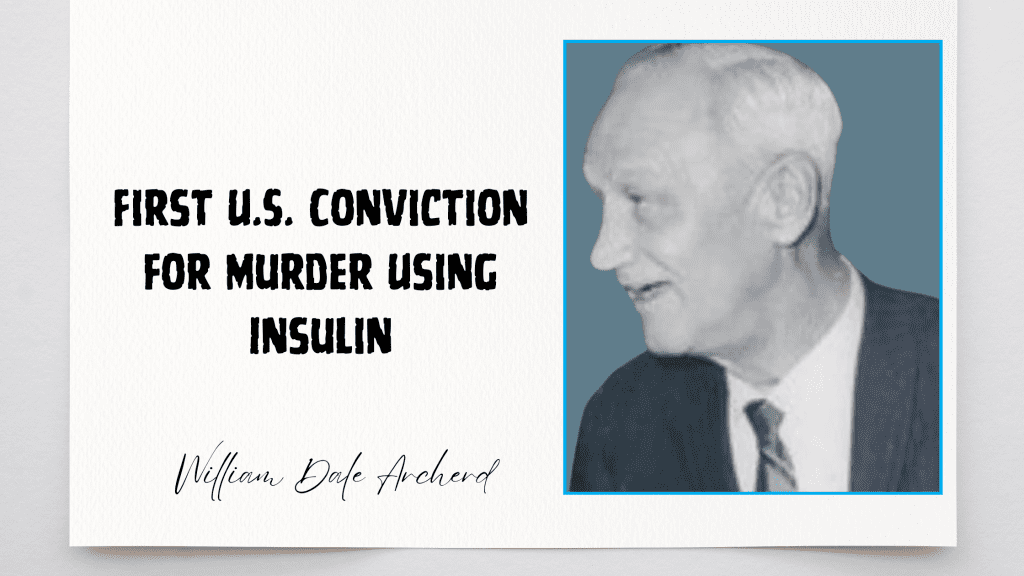In the quiet suburbs of Westchester County, New York, a series of brutal murders shattered the peace between 1987 and 1990. The man behind these heinous crimes was Patrick Baxter, an American serial killer and rapist whose actions would haunt the community for years to come.
The Reign of Terror
The first victim was Michelle Walker, a 14-year-old black student from Yonkers. On a sunny June day in 1987, Michelle’s family sent her on a simple errand to buy pizza and milk. Little did they know it would be the last time they’d see her alive. The next day, her body was discovered in a wooded area along a popular trail. She had been sexually assaulted and asphyxiated, her cash and jewelry stolen.
At the time, 18-year-old Baxter lived in an apartment overlooking the trail, but due to legal constraints, he couldn’t be questioned for the murder. This proximity to the crime scene would later become a crucial puzzle piece.
The following New Year’s Day brought another tragedy. Patricia Englund, a 19-year-old white resident of Yonkers, vanished while celebrating her birthday with a friend. It wasn’t until two months later that her frozen body was found in Greenberg, near the Yonkers border. Like Michelle, Patricia had been sexually assaulted and likely killed by asphyxiation.
The final victim in Baxter’s spree was Lisa Gibbons, a 25-year-old woman who had recently moved to Tuckahoe from Manhattan in search of a quieter life. On July 17, 1990, Lisa was attacked near the Crestwood train station. Her assailant sexually assaulted her, shot her in the back of the head with a sawed-off shotgun, and stole her jewelry. The brutal murder sent shockwaves through Tuckahoe, where such violence was virtually unheard of.
The Investigation and Justice
For years, these cases remained unsolved, their connections unnoticed. The victims were of different races, shared no commonalities, and were killed in different towns. But as DNA technology advanced, investigators began to see a pattern emerge.
In the early 2000s, cold case detectives noticed that Patrick Baxter’s name kept appearing in relation to these murders. After a legal battle, they obtained a blood sample from Baxter, who was serving time for car theft. The results were conclusive: Baxter’s DNA matched the killer’s in all three cases.
In 2002, thirteen years after his last murder, Patrick Baxter finally faced justice. He was brought to trial and convicted of all three murders. The court sentenced him to 25 years to life imprisonment for each murder, to be served consecutively. During his sentencing, Baxter expressed condolences to the victims’ families but calmly denied committing the murders.
Read more: The Ogre of Oregon: Cesar Barone Gruesome Crimes
The Aftermath and Reflections
The Patrick Baxter case serves as a chilling reminder that danger can lurk in even the most unsuspecting places. It highlighted the vital role of advancing forensic technology in solving cold cases and bringing closure to grieving families.
For the communities of Westchester County, particularly Yonkers, and Tuckahoe, these murders left an indelible mark. They shattered the illusion of safety in suburban life and forced residents to confront the dark realities that can hide behind seemingly normal facades.
As we reflect on this tragic chapter in Westchester’s history, we’re left with important questions: How can communities better protect their most vulnerable members? What measures can be put in place to prevent such atrocities? And how can we support the families of victims as they navigate the long, painful journey toward justice and healing?
The story of Patrick Baxter and his victims reminds us of the importance of remaining vigilant, supporting law enforcement efforts, and never giving up on cold cases. It’s a stark illustration of how persistence and scientific advancement can eventually bring even the most elusive criminals to justice.
Let us remember Michelle Walker, Patricia Englund, and Lisa Gibbons – not just as victims, but as individuals whose lives were cut tragically short. Their stories, and the relentless pursuit of their killer, will continue to impact how we approach community safety and criminal investigations for years to come.
What are your thoughts on this case? How do you think communities can balance the need for safety with maintaining a sense of openness and trust? Share your reflections in the comments below.





Pingback: Roberto Arguelles: The Salt Lake City Strangler